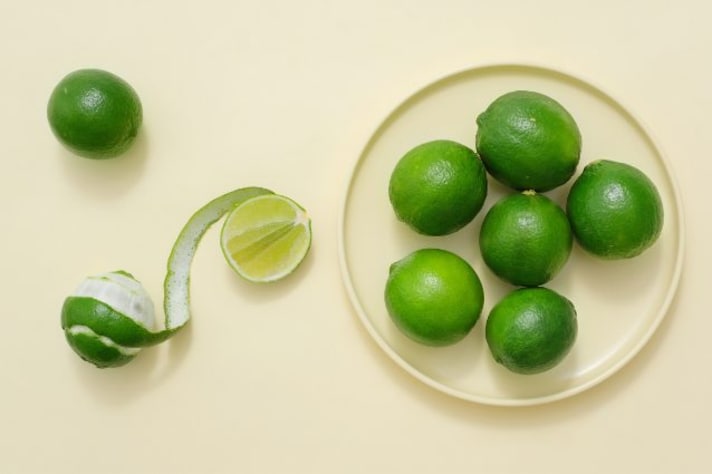Which Fruits Are High in Sugar and Which Aren’t?
Fruit is a natural source of sweetness and nutrition, but not all fruits are created equal when it comes to sugar content. Whether you’re managing your sugar intake or simply curious, here’s a guide to fruits that are high and low in sugar.

Fruits are a vital part of a healthy diet, providing vitamins, minerals, and fibre. However, their sugar content can vary widely. Some fruits are naturally sweet and high in sugar, while others offer a low-sugar alternative for those monitoring their intake. Here’s a compilation of which fruits fall into each category and how to enjoy them without compromising your health goals.
Fruits High in Sugar
High-sugar fruits are naturally sweet and can provide a quick energy boost. These include:
- Mangoes (45g of sugar per medium fruit): Juicy and tropical, mangoes are a treat but pack a sugar punch.
- Grapes (23g of sugar per cup): Their sweetness makes them a favourite, but they’re high in natural sugars.
- Cherries (18g of sugar per cup): Small and sweet, cherries are a delight, but they’re on the sugary side.
- Figs (16g of sugar per medium fig): With their honey-like taste, figs are naturally high in sugar.
- Bananas (14g of sugar per medium banana): A staple fruit that’s energy-dense and naturally sweet.

Fruits Low in Sugar
If you’re looking to reduce sugar intake, these low-sugar fruits are excellent options:
- Berries (4–7g of sugar per cup): Raspberries, blackberries, and strawberries are low in sugar and high in antioxidants.
- Avocados (0.2g of sugar per avocado): Technically a fruit, avocados are creamy, savory, and almost sugar-free.
- Lemons and Limes (1–2g of sugar per fruit): Their tangy flavor comes with minimal sugar, perfect for adding zest to meals.
- Watermelon (9g of sugar per cup): Despite being sweet and refreshing, watermelon has relatively low sugar due to its high water content.
- Guavas (5g of sugar per medium fruit): Packed with nutrients, guavas are a low-sugar tropical option.

Tips for Managing Sugar from Fruit
While fruit sugar is natural and accompanied by fibre and nutrients, here are some tips to manage your intake:
- Portion control: Stick to recommended serving sizes to avoid excess sugar.
- Pair with protein or fat: Combining fruit with nuts, cheese, or yoghurt can balance your blood sugar levels.
- Opt for whole fruits over juice: Juices concentrate sugar and lack fibre, making whole fruits a healthier choice.
- Choose fresh over dried: Dried fruits are higher in sugar per serving due to their concentrated nature.
Fruits come in a wide range of sugar levels, from the naturally sweet mango to the tangy, low-sugar lemon. Knowing which fruits are high or low in sugar can help you make informed choices that align with your health and dietary needs. Enjoy fruit in moderation and savour its natural goodness without overloading on sugar.
;Resize,width=767;)
;Resize,width=712;)
;Resize,width=712;)
;Resize,width=712;)
